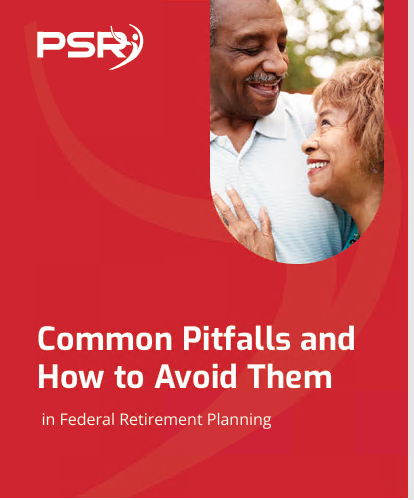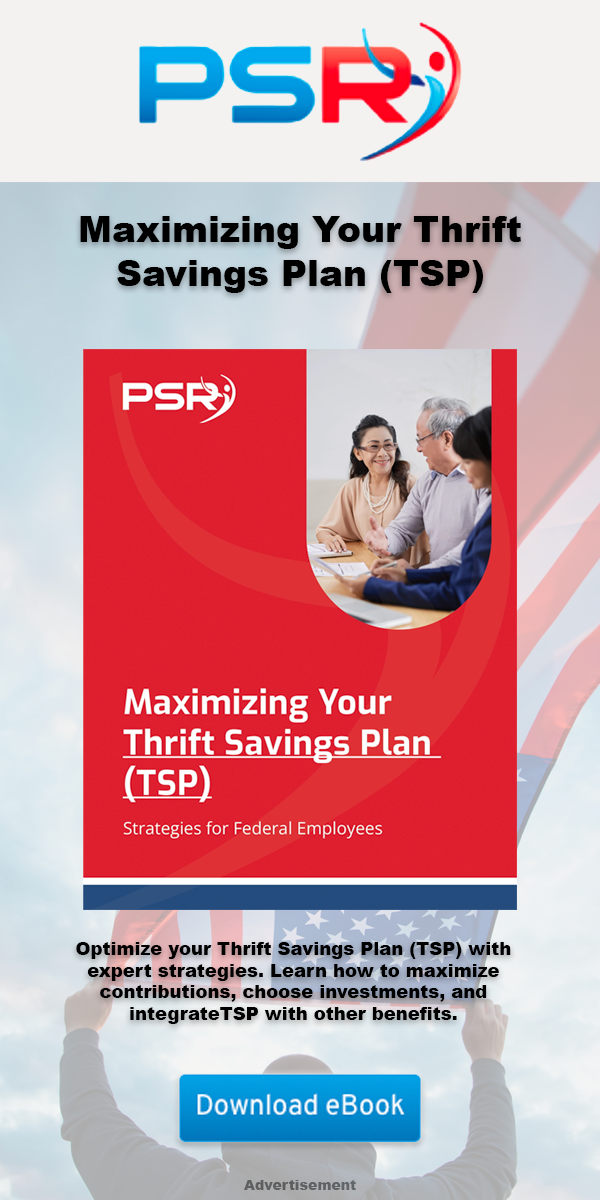Key Takeaways:
- If you’re still deciding between FERS and CSRS, understanding the major differences could help you secure a retirement that aligns with your financial goals.
- CSRS offers a robust pension, but FERS combines multiple income streams that may give it an edge in today’s evolving retirement landscape.
When it comes to retirement planning for federal employees, one of the biggest decisions revolves around two critical systems: the Federal Employees Retirement System (FERS) and the Civil Service Retirement System (CSRS)
- Also Read: FAA, Law Enforcement, and Special Federal Employee Categories—Here’s What Makes Their Retirement Unique
- Also Read: Blending Private and Public Sector Retirement Plans Is Complicated—Here’s Where Couples Get It Wrong
- Also Read: The Silent Shift in Postal Service Retirement Benefits That Could Change Everything by 2026
Understanding FERS: The Modern Approach to Retirement
What is FERS?
FERS is the retirement system that covers the majority of federal employees today. Established in 1987, it was designed to replace CSRS and is now the default retirement system for most federal workers. Under FERS, your retirement is built on a three-part foundation:
- FERS Basic Benefit: A defined benefit plan that provides a monthly pension based on your salary and years of service.
- Social Security: You pay into Social Security throughout your career, and this becomes a key source of income when you retire.
- Thrift Savings Plan (TSP): A 401(k)-style investment plan that lets you build additional retirement savings through employee contributions and agency matches up to 5%.
Why FERS Could Be a Game-Changer
One of the key benefits of FERS is its flexibility. With TSP, you have control over how much you want to contribute and how your funds are invested, which can be crucial in maximizing your wealth over time. The government matches your contributions up to 5%, making this one of the most appealing features of FERS. And don’t forget Social Security—it’s another important income stream that’s part of the deal.
FERS also allows for earlier retirement options. If you meet the Minimum Retirement Age (MRA) and have at least 10 years of service, you can retire early, though your pension may be reduced. This MRA is usually between 55 and 57, depending on when you were born, and allows for more flexibility in planning.
CSRS: The Classic, No-Frills Pension
What is CSRS?
CSRS is the original federal retirement system and covers employees who were hired before 1984. It’s a defined benefit plan, meaning your pension is calculated based on your salary and years of service, without any contributions to Social Security. Instead of relying on TSP or Social Security, CSRS offers a guaranteed pension that can provide a significant portion of your pre-retirement income.
Why Some People Still Prefer CSRS
CSRS has its loyalists, and for good reason. If you’ve been in the federal workforce long enough to be under CSRS, your pension could be significantly higher than a FERS pension. CSRS pensions are calculated using a more generous formula, which can result in monthly payments that replace a higher percentage of your salary. Some federal workers have been able to retire with pensions worth up to 80% of their average highest three years of salary.
However, one drawback of CSRS is the lack of Social Security benefits. Since you don’t pay into Social Security, you’ll likely see reduced Social Security benefits under the Windfall Elimination Provision (WEP) if you have other non-CSRS Social Security-covered work. Additionally, there’s no agency matching for retirement savings since TSP contributions are not a core part of the CSRS structure.
Retirement Security: Flexibility vs. Stability
Income Streams
FERS provides multiple income streams: your pension, Social Security, and your TSP savings. This offers flexibility in how and when you draw your income, which can be a huge advantage. In contrast, CSRS offers a higher pension but relies almost entirely on that single source. If you’re someone who prefers having options and the ability to tweak your retirement strategy, FERS might be more appealing.
Guaranteed Payout
On the other hand, CSRS retirees know exactly what they’re getting each month—a stable, predictable pension. With FERS, your income from TSP can fluctuate based on the market, which introduces some risk. If you’re the type who values stability and doesn’t want to worry about market swings, CSRS could be your peace of mind.
Retirement Age and Early Exit Strategies
One of the major advantages FERS has over CSRS is the ability to retire earlier. Under FERS, if you’ve reached the Minimum Retirement Age (MRA) and have 30 years of service, or 20 years of service at age 60, you can retire without penalty. For CSRS, the rules are stricter: you generally need to have 30 years of service and be at least 55 to retire with full benefits.
With FERS, the added benefit of the Special Retirement Supplement (SRS) kicks in if you retire before age 62 and aren’t yet eligible for Social Security. This supplement is designed to fill the gap between your early retirement and the time when you can start collecting Social Security benefits, giving you more financial security in those gap years.
TSP: The Wild Card in FERS
TSP is what truly sets FERS apart from CSRS. It’s not just a retirement savings plan; it’s a tool for building long-term wealth. The contribution limits for 2024 are set at $23,000, with an additional catch-up contribution limit of $7,500 for those 50 and older. This gives you the chance to substantially grow your retirement savings, especially with the government matching up to 5% of your contributions.
CSRS employees can still participate in TSP, but without the matching contributions, it doesn’t offer the same powerful growth potential. FERS employees, on the other hand, have the opportunity to use TSP to invest in a variety of funds, from conservative to more aggressive options, depending on their risk tolerance.
Health and Life Insurance Considerations
Retirement isn’t just about your pension. Health and life insurance are also major factors to consider. Both CSRS and FERS retirees can continue their Federal Employees Health Benefits (FEHB) into retirement, but if you’re a FERS retiree, you’ll also need to think about Medicare. As of 2024, many FERS retirees are choosing to coordinate their FEHB with Medicare Part B for more comprehensive coverage.
For life insurance, FERS employees have the option of continuing coverage under the Federal Employees Group Life Insurance (FEGLI) program. However, premiums increase with age, and many retirees opt for private life insurance plans once they hit retirement age.
What’s the Best Option for You?
Deciding between FERS and CSRS isn’t just a financial decision—it’s a lifestyle choice. Do you value flexibility, multiple income streams, and the ability to retire early? FERS might be your best bet. Are you someone who prefers a guaranteed, stable income and isn’t concerned about Social Security or TSP? Then CSRS could be the better choice.
Ultimately, the decision comes down to your personal financial situation, your retirement goals, and how much risk you’re willing to tolerate in your investment strategy. Whichever system you’re under, understanding the benefits and drawbacks is essential to making sure your retirement is as secure as possible.
Planning Your Future Around FERS or CSRS
Now that you’ve weighed the pros and cons of FERS versus CSRS, it’s time to start planning your future. Whether it’s maximizing your TSP contributions under FERS or capitalizing on a generous pension with CSRS, the key is to make informed decisions that align with your retirement vision. Your federal career is your springboard—now it’s time to figure out which retirement system will help you land on your feet.












